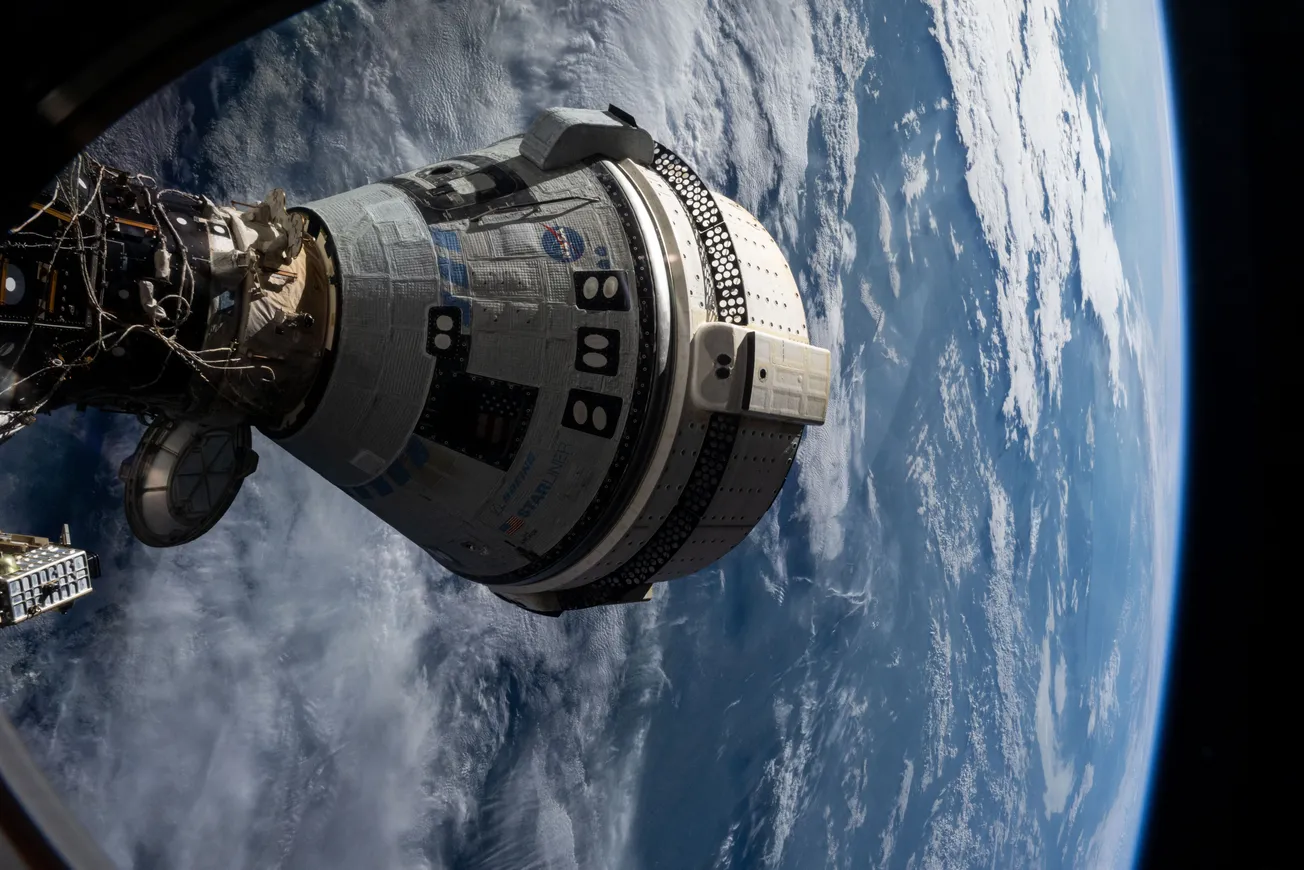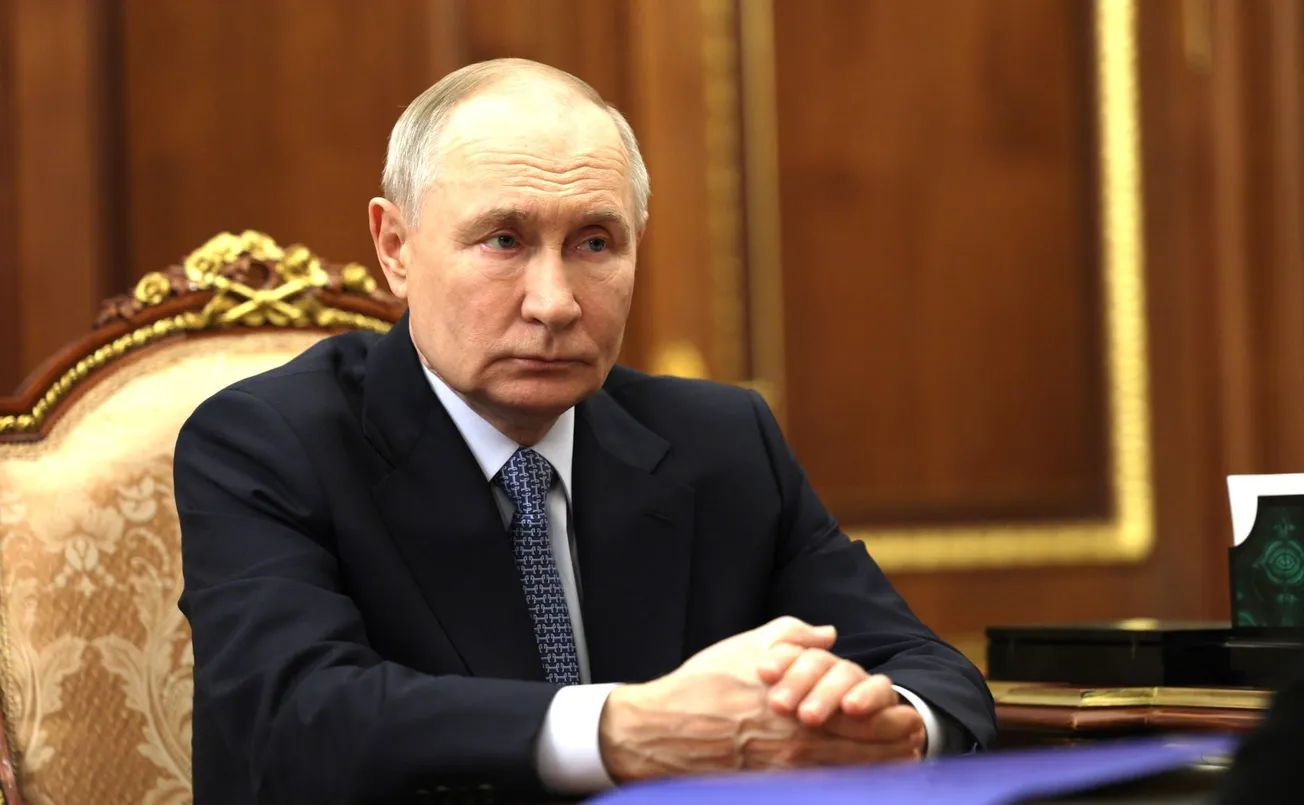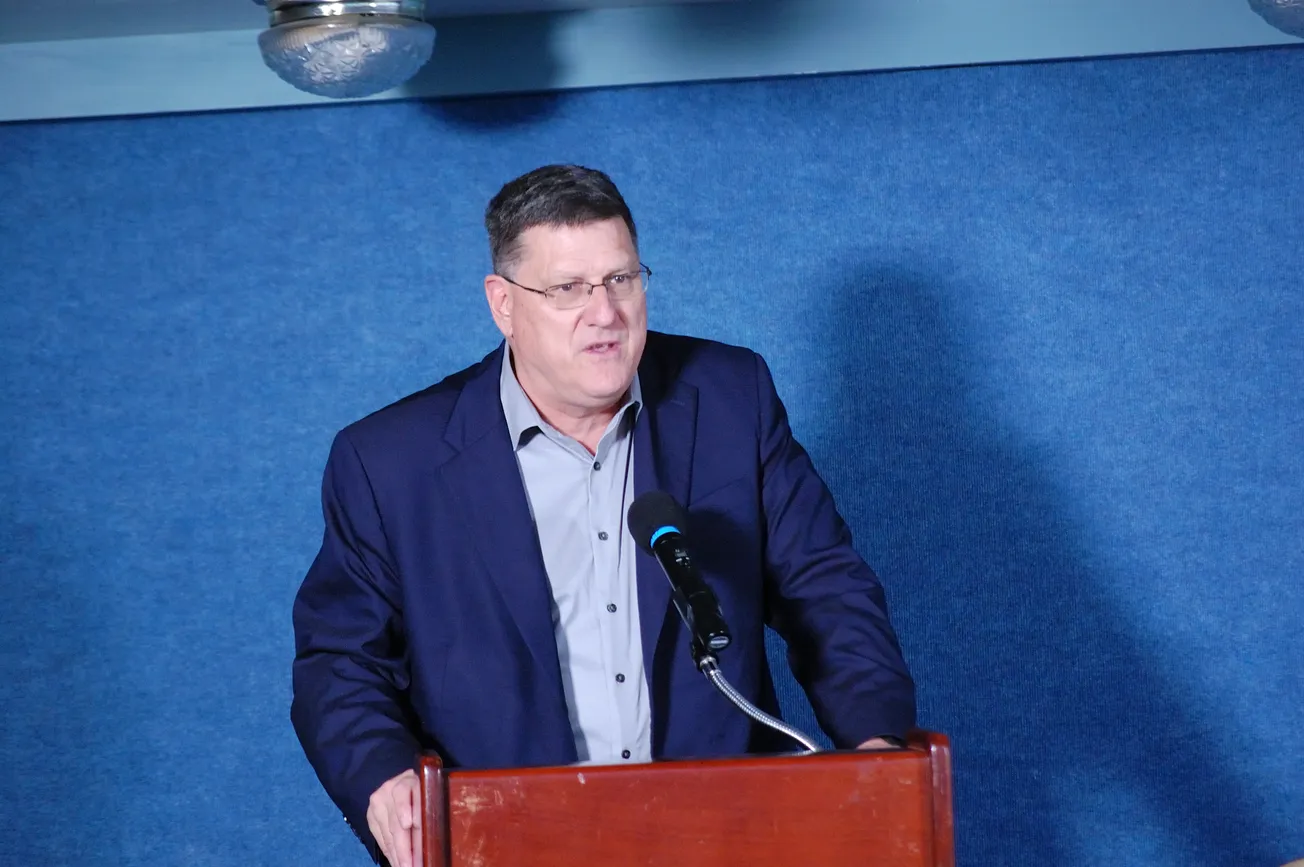Military-industrial-financial complex darling Boeing Company has egg all over its corporate face (and on its “shareholder value”-driven balance sheets) after NASA mission commanders decided on Aug. 24, not to further endanger the lives of two NASA astronauts crewing the Starliner Crew Flight Test mission, by bringing them back to Earth in Boeing’s malfunctioning spacecraft. The astronauts, Butch Wilmore and Suni Williams, will now return in the SpaceX Dragon capsule, sometime in February 2025, NASA announced at its Aug. 24 press conference. As for the Starliner craft, currently sitting lifeless, docked to the International Space Station, it is scheduled to return to Earth empty, piloted by remote control from Houston, on Sept. 7.
“There was some tension in the room,” was the understatement of NASA program manager, Steve Stich, on a Sept. 4 conference call giving background on the decision. Boeing spokespeople had to sit silently while the “adults in the room"—the ones who prioritized “human-life-value” over “shareholder-value"—announced NASA’s decision. “You also have to recognize that [NASA] is in a bit of a different position in terms of our understanding about the risks, and what’s available to us without Starliner, so that’s also a difference in the opinions,” said Stich. Ultimately, NASA was not willing to rely on computer-modeling in the same way Boeing was. “The NASA team looked at the [Boeing] model and saw some limitation[s],” is how Stich put it.
In reality, Boeing’s Starliner capsule had problems even before it was finally launched on June 6, 2024. Originally set for lift-off on May 5, the mission had to be postponed, because helium leaks had been detected a mere four minutes before launch. The May 5, 2024 attempt had been reset from 2021, because of a similar but unrelated (both Boeing and NASA insist) fuel-supply problem. Not even 24 hours into the 2024 mission, the capsule had problems maneuvering, as five of its 28 thrusters failed to function, delaying its docking with the ISS for almost 24 hours. After a full month of testing in July failed to determine the “root cause” of the failure, Boeing was forced to entirely rewrite the ship’s software during August, to allow Starliner to be “driven” from Earth, without a crew.




